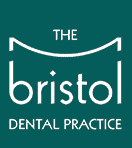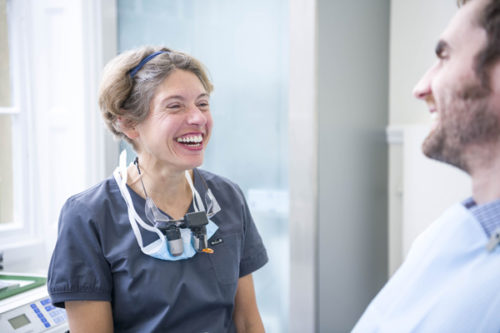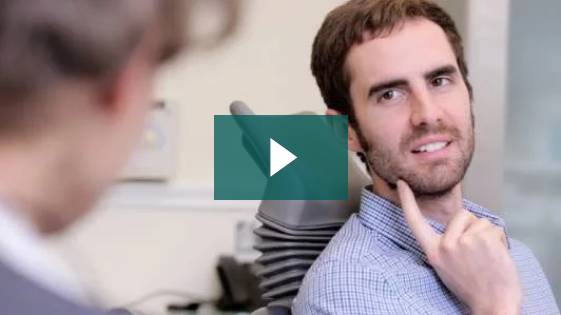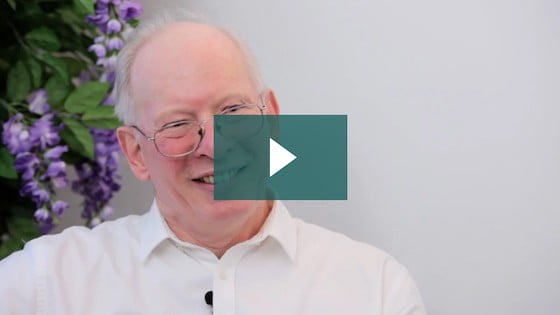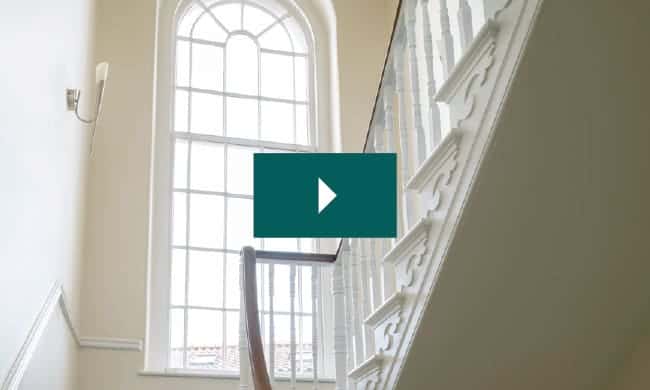People can lose bone from their jaw for a variety of reasons:
- When a missing tooth is not replaced: the integrity of jawbone is maintained through the pressure of chewing. Without this stimulus, bone is lost through resorption
- Trauma: for example, from an accident or sports injury
- Periodontal disease: gum disease degrades and diminishes the supporting bone around teeth
- Tumours: some kinds of jaw tumours can attack the bone itself, whereas other types may necessitate the removal of some bone to fully remove the tumour
When a tooth is missing, before a restorative procedure like a dental implant can be performed, there needs to be enough jawbone present to provide a stable and sustainable attachment. Your clinician will determine this by conducting an X-ray of your jaw, usually in the form of a 3D CBCT scan. If there isn’t enough bone present to create a stable attachment, you will need prior treatment before an implant can be successfully placed.

